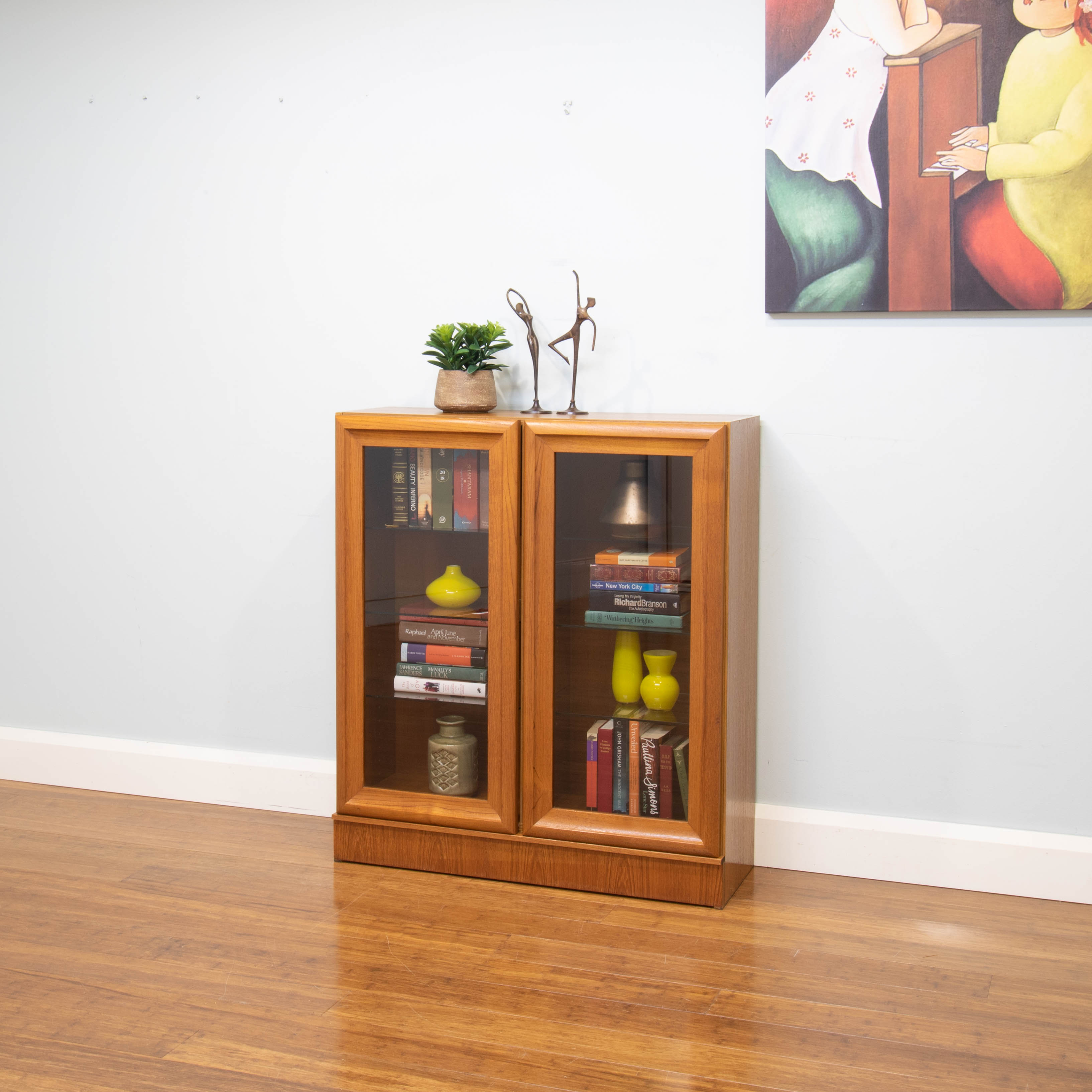The Allure of Antique Pine Glass Display Cabinets

Antique pine glass display cabinets embody a timeless elegance that transcends trends. Their rich history, craftsmanship, and unique aesthetic make them coveted pieces in modern interiors. These cabinets are not merely storage solutions; they are captivating testaments to the artistry and durability of bygone eras.
The Historical Significance of Pine Furniture, Antique pine glass display cabinet
Pine wood has long been a favored material for furniture construction, especially in Europe and North America. Its availability, affordability, and workability made it a staple in traditional woodworking. Pine furniture has a rich history, often associated with rustic charm and country living. The use of pine in furniture making dates back centuries, with notable examples found in ancient Egyptian tombs and Roman villas. During the Renaissance period, pine furniture gained popularity, particularly in the form of sturdy chests, tables, and beds. This era saw the development of intricate carving techniques and decorative elements that enhanced the beauty of pine furniture.
Choosing the Perfect Antique Pine Glass Display Cabinet

The journey to finding the perfect antique pine glass display cabinet is an adventure, filled with the thrill of discovery and the satisfaction of acquiring a piece of history. It’s a journey that requires an understanding of the nuances of antique furniture, the appreciation for craftsmanship, and the ability to discern authenticity. This section guides you through the process, revealing the secrets to identifying genuine antique pine cabinets and navigating the diverse world of styles and periods.
Identifying Authentic Antique Pine Cabinets
Identifying authentic antique pine cabinets is an art, requiring keen observation and a discerning eye. The age of a cabinet can be determined by various factors, including the type of wood, construction techniques, and the presence of specific design elements.
- Wood Type and Quality: Antique pine cabinets are typically crafted from solid pine, often with a rich patina that develops over time. The wood grain patterns are unique and varied, and the presence of knots, sapwood, and heartwood is a testament to the natural character of the wood. Examine the grain patterns for consistency and authenticity, as newer pieces may have simulated wood grains.
- Construction Techniques: Antique cabinets are meticulously crafted using traditional joinery methods like dovetail joints, mortise and tenon joints, and hand-cut wood. These techniques ensure the cabinet’s durability and longevity. Look for hand-planed surfaces, uneven edges, and subtle variations in the joinery, as these are hallmarks of authentic craftsmanship.
- Hardware and Finishes: Antique cabinets often feature hand-forged iron hardware, such as hinges, handles, and locks. These pieces may show signs of wear and patina, reflecting their age and use. Examine the details of the hardware, such as the shape, size, and style, as they can provide clues about the cabinet’s origin and period. The finishes on antique pine cabinets are often simple, using natural oils or waxes to enhance the wood’s natural beauty. Look for evidence of these traditional finishes, such as subtle variations in color and texture, and the presence of hand-rubbed surfaces.
Styles and Periods of Antique Pine Glass Display Cabinets
Antique pine glass display cabinets come in a wide range of styles and periods, each reflecting the design trends and aesthetics of their time.
- Early American (17th-18th Centuries): These cabinets are characterized by simple, functional designs, often featuring a single door with a glass pane. They are typically made from rough-hewn pine, with a rustic and unpolished appearance. Examples include the “Connecticut Chest” and “Saltbox” styles.
- Victorian Era (19th Century): Victorian-era cabinets are known for their ornate designs, featuring intricate carvings, elaborate moldings, and decorative hardware. They often incorporate multiple doors with beveled glass panes and are often made from finely-grained pine, with a polished and refined finish. Examples include the “Eastlake” and “Queen Anne” styles.
- Arts & Crafts Movement (Late 19th – Early 20th Centuries): This movement emphasized handcrafted furniture with simple, functional designs and natural materials. Antique pine glass display cabinets from this period are often characterized by their clean lines, uncluttered surfaces, and use of traditional joinery techniques. They often feature leaded glass panes and a focus on the beauty of the natural wood.
Glass Types in Antique Display Cabinets
The type of glass used in antique display cabinets is another key factor to consider. Different types of glass have different properties, affecting the cabinet’s aesthetics, functionality, and value.
| Glass Type | Pros | Cons |
|---|---|---|
| Beveled Glass | Adds a decorative touch, reflects light beautifully, creates a sense of depth. | Can be fragile, prone to chipping, requires careful cleaning. |
| Leaded Glass | Unique and decorative, adds a vintage charm, can be stained or painted. | Can be heavy and difficult to replace, prone to cracking. |
| Plate Glass | Clear and transparent, provides a good view of the displayed items, relatively durable. | Can be plain and uninspiring, may not offer as much protection as other types. |
